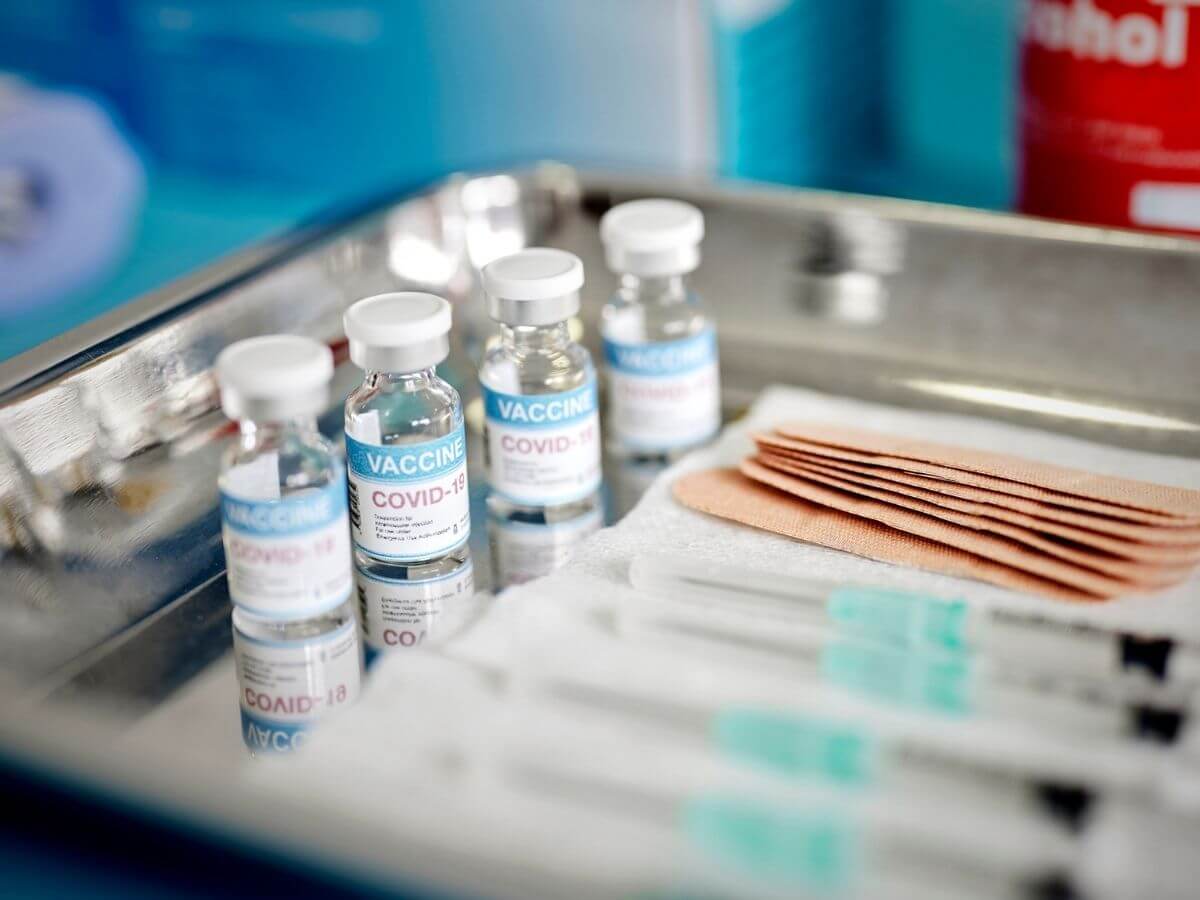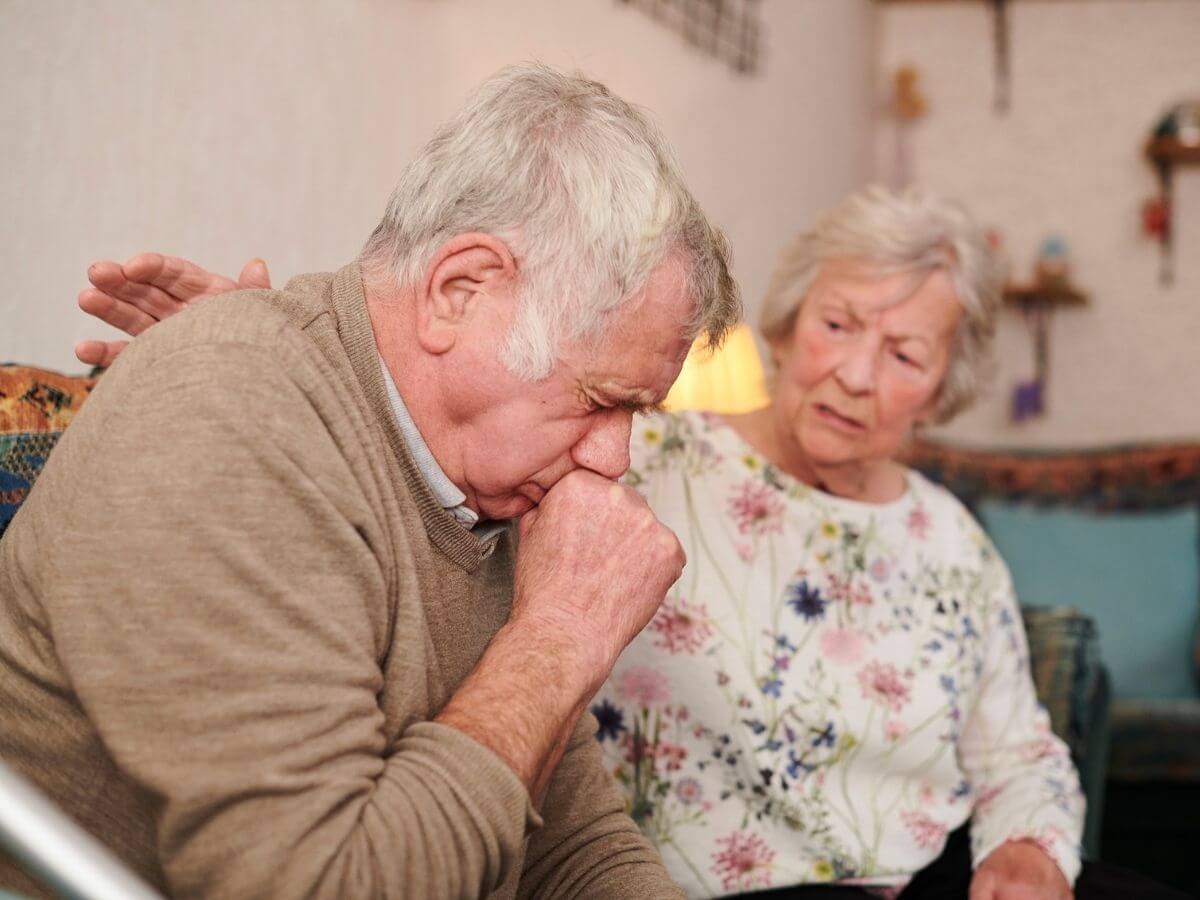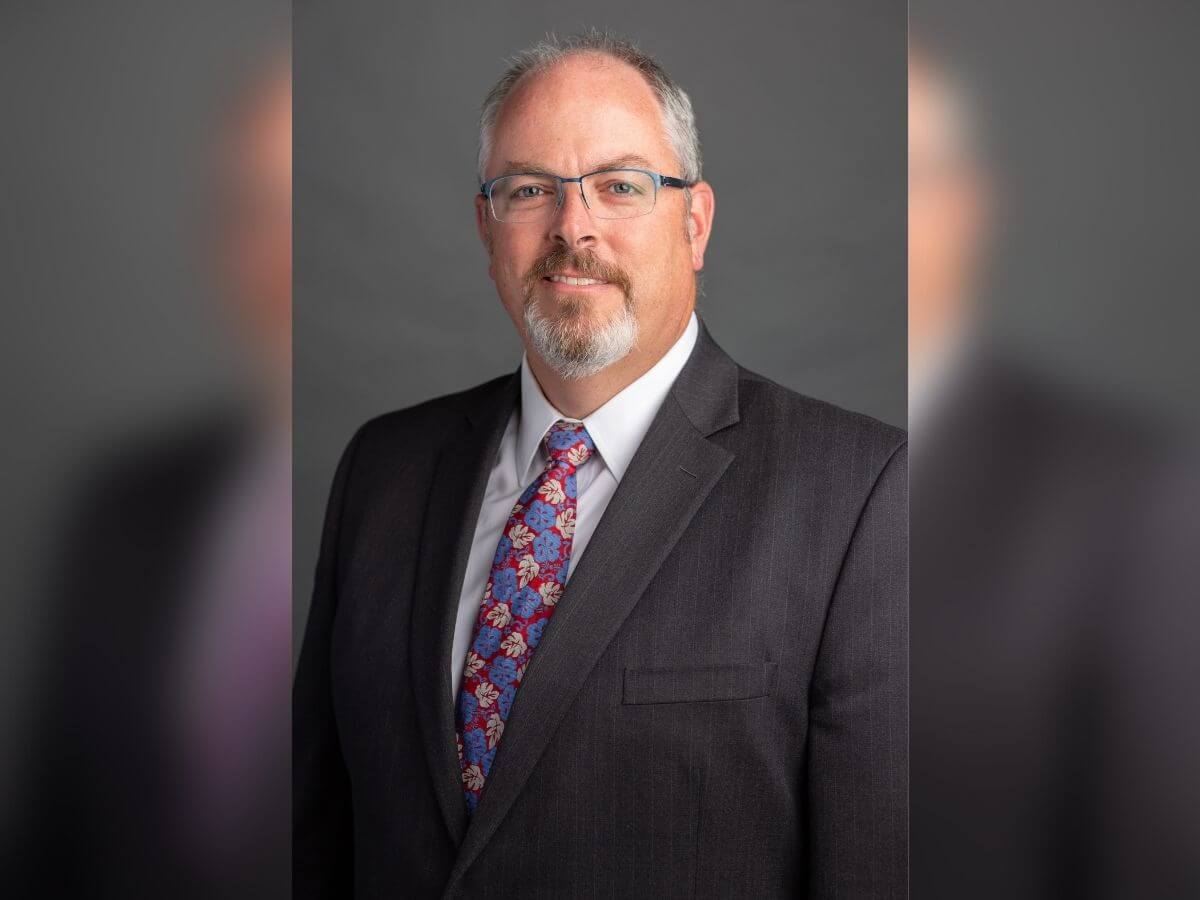Worried About When You’ll Get the Vaccine? Now’s the Time to Be Patient.

Even though we’re not out of the woods with COVID-19, at least we know we’ll be out soon. Now that two vaccines are FDA approved for emergency use in the U.S., we can all take a deep breath and know that everyone who wants one will be able to get one in the months to come.
But it’s important to note that having a vaccine doesn’t mean that we’re finished with the pandemic. We’ve still got some tough months ahead as federal and local officials work to iron out the logistics of vaccinating 380 million Americans.
Who’s Overseeing the Vaccine?
The Advisory Committee on Immunization Practices (ACIP) is responsible for overseeing the safe use of vaccines in the U.S. Made up of experts from medical and public health, the ACIP works with a variety of groups and organizations to review all available scientific information regarding vaccines in the U.S. The Centers for Disease Control and Prevention (CDC) then sets the immunization schedules based on recommendations from the committee.
The committee studies these three elements that lead to a potential vaccination:
- Science. It verifies that the vaccine is safe, which it is.
- Feasibility. The committee considers the logistics behind how a vaccine would be distributed and how much of the vaccine is available.
- Ethics. They determine who gets the vaccine, particularly the first doses of a limited supply.
Never miss a beat! Subscribe to our email newsletter to get the most important health and wellness news delivered straight to your inbox.
Distribution Will Be the Biggest Challenge at First
Because this vaccine is being pushed out faster than any other vaccine in history, there will be some obstacles that will be dealt with in real-time.
The federal government will buy as many doses as it can, then distribute the vaccine to states. The states will then partner with healthcare organizations and handle their own distribution. Each state is different, so it’s important to have patience while they work out the logistics. Vaccine priority may differ slightly from state to state.
Why Are Healthcare Workers and Long-Term Care Residents the First to Get the Vaccine?
Now that we have a vaccine that’s very effective, the first priority is to make sure the people who are most likely to be affected by COVID-19 get the vaccine first.
Long-term care residents make up a small percentage of the overall population – 3 million out of the 380 million people in the U.S. – but they account for a staggering 40% of the death toll for COVID-19. They’re the most vulnerable, at-risk population in the U.S. regarding COVID-19, which is why the ACIP recommended that this group go first.
Healthcare workers make up about 20 million of 380 million people, but they’re also on the front lines of treating the most critically ill COVID-19 cases and many of these workers are getting infected. We need to make sure they’re able to take care of the sick, so they were included in the first wave of vaccines.
Who’ll Be Next to Get the Vaccine?
Here are the phases for the vaccine rollout in Kentucky:
- Phase 1A. This includes long-term care facilities, assisted living facilities, and health care personnel
- Phase 1B. This includes first responders, anyone 70 years of age or older, and K-12 school personnel
- Phase 1C. This includes anyone 60 years of age or older, anyone over the age of 16 with CDC highest risk COVID-19 risk conditions, and all essential workers
- Phase 2. This includes anyone over the age of 40
- Phase 3. This includes anyone over the age of 16
- Phase 4. This includes children under the age of 16 if the vaccine is approved for this age group (roughly 18% of Kentucky’s population)
The State of Indiana is taking an age focused approach in the next stage of vaccine distribution, which is what Indiana Governor Holcomb called stage 1B.
Have COVID-19 symptoms? Find a testing location near you.
When Will Healthy People Be Able to Get the Vaccine?
The general public will be able to get the vaccine once it becomes widely available, which experts say will likely be spring or summer. It’s not yet known when a vaccine will be available for children, which typically takes a lot longer to develop than an adult version.
Everyone Will Eventually Be Able to Get Vaccinated
The ultimate goal is for everyone to be vaccinated so that the population reaches a level of herd immunity. It’s important to know that this will take time, which means patience and perseverance will be needed from everyone over the next several months.
The vaccine isn’t the final answer to the pandemic, but rather one of the many layers of protection that we have against COVID-19. It’s still very important to wear a face mask, avoid gatherings, maintain physical distance, and wash your hands frequently with soap and water.
More Questions About COVID-19 and the Vaccine?
If you’d like to learn more about COVID-19 and the vaccines that have been approved by the FDA, visit the Baptist Health COVID-19 Resources page. More information about available vaccines can also be found at the CDC.
Next Steps and Useful Resources:
Check Your Symptoms: COVID-19 Assessment Tool
How Will the Vaccine Protect Me Against COVID-19?
Do I Need the COVID-19 Vaccine if I’ve Already Been Infected?
Is the COVID-19 Vaccine Safe?



